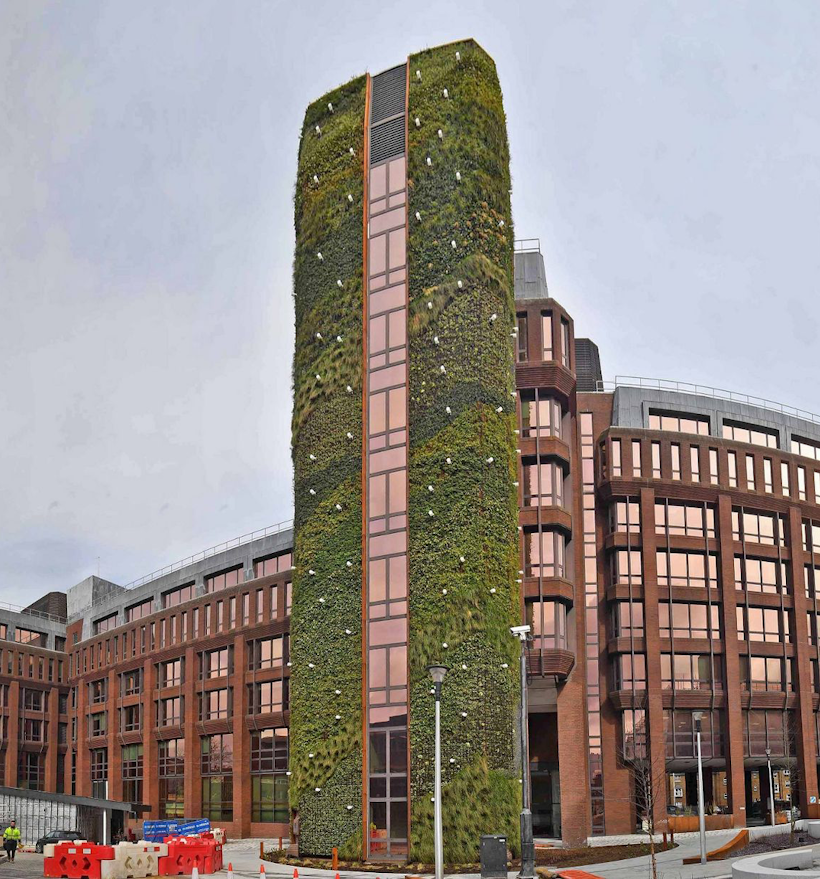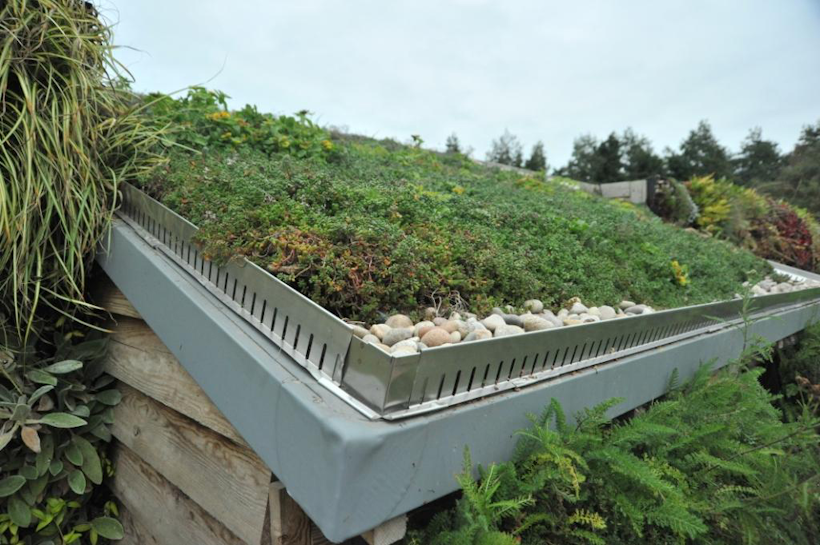According to scientific analysis conducted by WWF, the rapid loss of species we’re seeing today is estimated to be up to 10,000 times higher than the natural extinction rate. The major cause of this? A relatively recent trend in the alteration and destruction of habitats caused by human activities, including agriculture, forestry, and transport work, through to the construction of industrial and housing developments. But fortunately, things are changing.
Given statistics like this, alongside the growing recognition of the importance of biodiversity, all sectors are looking for ways to mitigate the environmental impacts of their development activity – and that’s where biodiversity offsetting comes into play.
What is biodiversity offsetting?
Biodiversity offsetting is a system used by planning authorities and developers to minimise the environmental impacts associated with economic development through the planning process.
In some cases, biodiversity offsets are taken a step further and aim to achieve a gain in biodiversity.
Biodiversity offsets are understood as a ‘last resort’ designed to compensate for environmental loses to ensure that when development damages nature, new nature sites will be created. The approach should be adopted only after all measures have been taken to avoid and minimise development impacts and to rehabilitate or restore biodiversity on-site. This is shown in what’s known as the mitigation hierarchy.

The mitigation hierarchy explained
The mitigation hierarchy is a tool that guides users towards limiting the negative impacts on biodiversity during development projects. It’s based on a series of essential steps that must be taken throughout a project’s lifecycle in order to achieve biodiversity goals.
Avoidance is the first and most important step in the mitigation hierarchy. This involves the consideration of alternative locations or approaches to development that avoid as well as reduce loss of biodiversity.
Towards the bottom of the mitigation hierarchy, the very last step towards achieving ‘No Net Loss’ of biodiversity sits offsetting. But let’s take a closer look into the mitigation hierarchy and how it’s defined:
- Avoidance – as mentioned, the first and most important step in the mitigation hierarchy. It’s the easiest and cheapest way of reducing negative environmental impacts and involves careful placement of infrastructure and location analysis.
- Minimisation – refers to the measures taken to reduce the intensity, duration and/or extent of impacts that simply can’t be avoided. This may include the building of wildlife crossing on roads to reduce danger towards animals.
- Rehabilitation/restoration – frequently needed towards the end of a project life cycle, rehabilitation and restoration involves returning an area to the original ecosystem before exposure to impacts. For example, planting tress to stabilise bare soil.
- Offset – after full implementation of the previous steps, offsetting measures are taken to compensate for any remaining environmental issues.

How does biodiversity offsetting work?
With biodiversity offsetting, environmental gains and losses are represented through numerical scores. These scores are what set the base for the creation and exchange of greenhouse gas concentration in the atmosphere and the mass of CO2 emitted.
In England, to calculate the value of a habitat, three criteria groups are analysed and given a separate score. This includes:
- The distinctiveness of the habitat (assessed as low, medium, or high)
- The quality of the habitat (assessed as poor, moderate, or good)
- The area of the habitat in hectares (a unit of area equal to 10,000 m²)
Once a location has been assessed and given relevant scoring, the level of compensation required can be determined.
For further information on this biodiversity scoring scheme and how the metrics for offsetting in England are calculated, view the Gov’s technical paper here. It explains the rationale and thinking behind the approach taken and shows how the numerical scores are calculated per habitat.

Biodiversity support from Viritopia
Off-site installations provide a range of opportunities to offset building developments in 2021. However, on-site installations have quickly become favoured by architects, developers, and environmental consultants alike. But why is this the case?
On-site installations such as living walls and green roofs don’t require any additional space like you do with traditional landscaping and other off-site compensations. It offers an effective way to offset developments and even achieve Biodiversity Net Gain without the need to invest in additional land like habitats banks.
In fact, a recent survey of ours shows that 90.8% of respondents (mostly consisting of architects and environmental consultants) would recommend on-site installations opposed to off-site for future developments when looking to achieve Biodiversity Net Gain.
Seeking further information on meeting BNG requirements? We've recently developed two best practice guides with AECOM, to help you successfully implement BNG in your projects for long-term success - take a look here. These have been approved by BRE, Natural England, Defra and UKHab, so you can use the guidance with confidence.
Did you know we also held a panel discussion the other day on the wider topic of BNG. We recorded it too, so feel free to listen here!

_bbwmu.jpg?w=580&h=580&q=90&auto=format&fit=crop&crop=edges,focalpoint&fm=png)